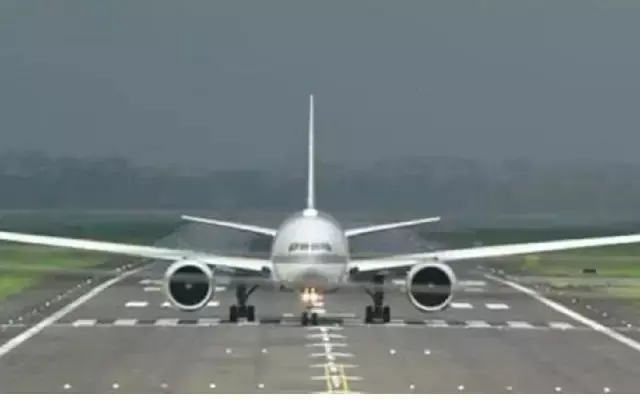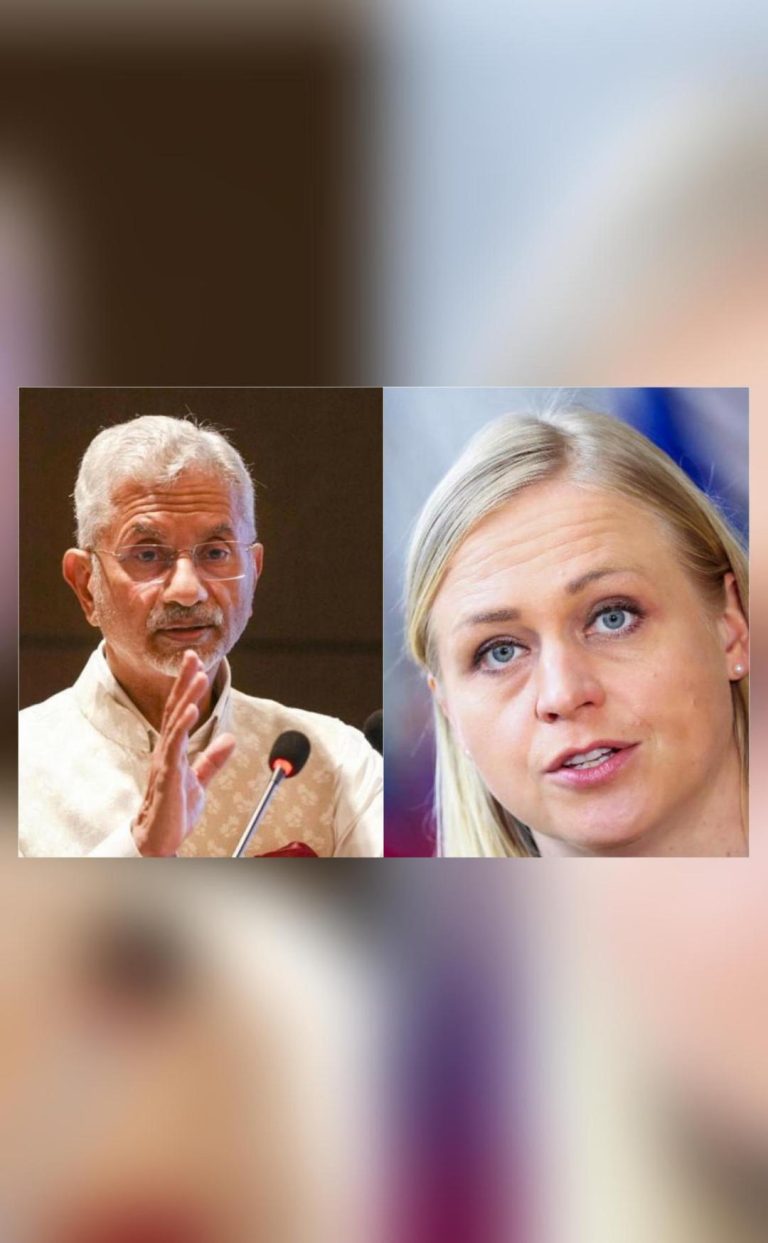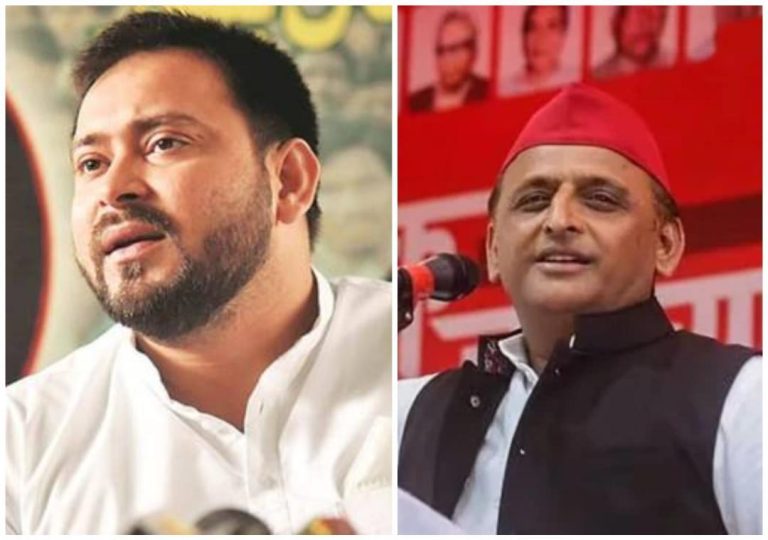
2nd Airport Talks Soar as Bengaluru Braces for Future Flight Surge
Bengaluru, the IT hub of India, is gearing up for a massive influx of passengers and cargo in the coming years, driven by its thriving tech industry and growing economic prowess. To cater to this surge in demand, the proposal for a second international airport in Bengaluru has regained momentum, with Karnataka’s Industries and Infrastructure Minister MB Patil set to meet Union Civil Aviation Minister Rammohan Naidu to push the plan forward.
The need for a second airport in Bengaluru has been pressing for quite some time. The city’s existing Kempegowda International Airport (KIA) has been operating at near-full capacity, with flights frequently being delayed or cancelled due to congestion. The airport’s passenger traffic has been growing at a rapid pace, with over 22 million passengers passing through its gates in 2020-21 alone.
The Airports Authority of India (AAI) inspected three shortlisted locations for the proposed second airport in April, and a report is expected soon. The locations being considered are at Devanahalli, Doddaballapur, and Hobli. While the AAI has been tight-lipped about the report’s findings, insiders suggest that the Devanahalli site is the front-runner.
A second airport in Bengaluru would not only help alleviate pressure on KIA but also provide a boost to the city’s economic growth. It would enable the city to attract more investments, create new job opportunities, and enhance its connectivity with the rest of the country and the world.
The proposal for a second airport in Bengaluru has been in the works for several years, with the state government and the Centre having been working together to identify a suitable site. In 2018, the Centre had given its approval for the construction of the second airport, with an initial investment of Rs 13,000 crore.
The new airport is expected to be built with a capacity to handle 20 million passengers per annum, with a provision for expansion to 30 million passengers in the future. It would be equipped with the latest aviation technology and infrastructure, including a 3,700-meter long runway, a terminal building, and cargo facilities.
The state government has already started acquiring land for the project, with over 1,000 acres of land already being acquired. The project is expected to be completed in the next 5-6 years, with the first phase expected to be operational by 2027-28.
The construction of the second airport would also provide a fillip to the local economy, with thousands of jobs being created during the construction phase. The airport would also attract new industries and businesses to the region, further boosting the local economy.
While the proposal for a second airport in Bengaluru has been welcomed by the business community and the public at large, there are still some concerns that need to be addressed. One of the main concerns is the impact of the new airport on the environment and the local ecosystem. The project would require the acquisition of land from farmers and rural residents, which could lead to displacement and social unrest.
Another concern is the financing of the project. While the Centre and the state government have promised to provide funding for the project, there are still questions about the exact funding mechanism and the role of private investors.
Despite these concerns, the proposal for a second airport in Bengaluru is expected to gain momentum in the coming months. The meeting between Minister Patil and Union Civil Aviation Minister Naidu is expected to pave the way for the project’s approval and the start of construction work.
As Bengaluru continues to grow and evolve, the need for a second airport has become increasingly pressing. The proposed airport would not only help alleviate congestion at KIA but also provide a boost to the city’s economic growth and connectivity. With the project expected to be completed in the next 5-6 years, Bengaluru can look forward to a future where it can handle the growing demand for air travel and cargo transportation.






